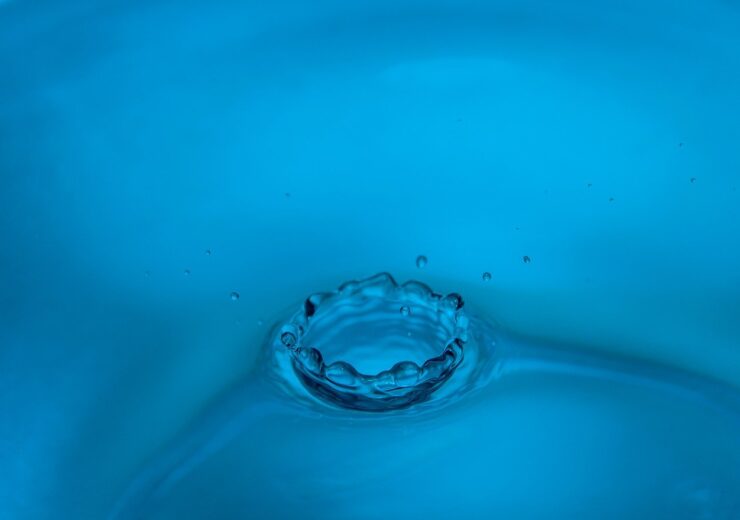The investment will be made on new regional water infrastructure projects along with upgrades to existing facilities

Western Australia to upgrade regional water infrastructure. (Credit: Pixabay/Jonas Zürcher.)
The Government of Western Australia has announced an investment of nearly A$968m ($686m) over the next four years on hundreds of water infrastructure projects across the region.
The investment will be made on new regional water infrastructure projects along with improvements and upgrades to existing facilities through the Asset Investment Programs run the Government’s three water corporations.
Regional Western Australia is expected to benefit from a range of water infrastructure projects.
In the South-West region, the government has decided to spend A$208.9m ($148.03m) over the next four years, of which A$26m ($18.5m) will be allocated for the drainage upgrade in the City of Busselton for flood protection.
Another A$7m ($4.9m) has also been allocated for Greenbushes to Kirup pipeline to complete the Bridgetown Region Water Supply Scheme.
Western Australian Government Water Minister Dave Kelly said: “The McGowan Government’s investment in hundreds of regional projects, to be delivered by Aqwest, Busselton Water and the Water Corporation right across Western Australia, shows our commitment to providing safe and reliable water services no matter where you live.
“One of the biggest challenges we face in 2020-21, and forever into the future, is to manage the impacts that climate change is having on our precious water supply and water infrastructure.”
The Goldfields and Agricultural region allocated $108m
For Goldfields and Agricultural region, about A$151.8m ($108.1m) has been allocated to undertake key projects, including new water storage tanks at Merredin and Dedari.
The projects also include replacing ageing pipelines and reduce leaks across the Farmlands area and the upgrade of York Wastewater Treatment Plant.
Kelly said: “Climate change has resulted in a significant reduction in rainfall across the State’s south west and we’re also seeing more unpredictable weather patterns in the north of WA.
“We also need to keep doing more with wastewater, recycle what has previously been considered a waste product, as well as inspire more efficient and ‘wiser’ water use through education programs.
“By doing these three things in tandem – investing in water infrastructure, recycling wastewater and saving water – we will be much better placed to respond to the impacts of climate change on our water supply.”
